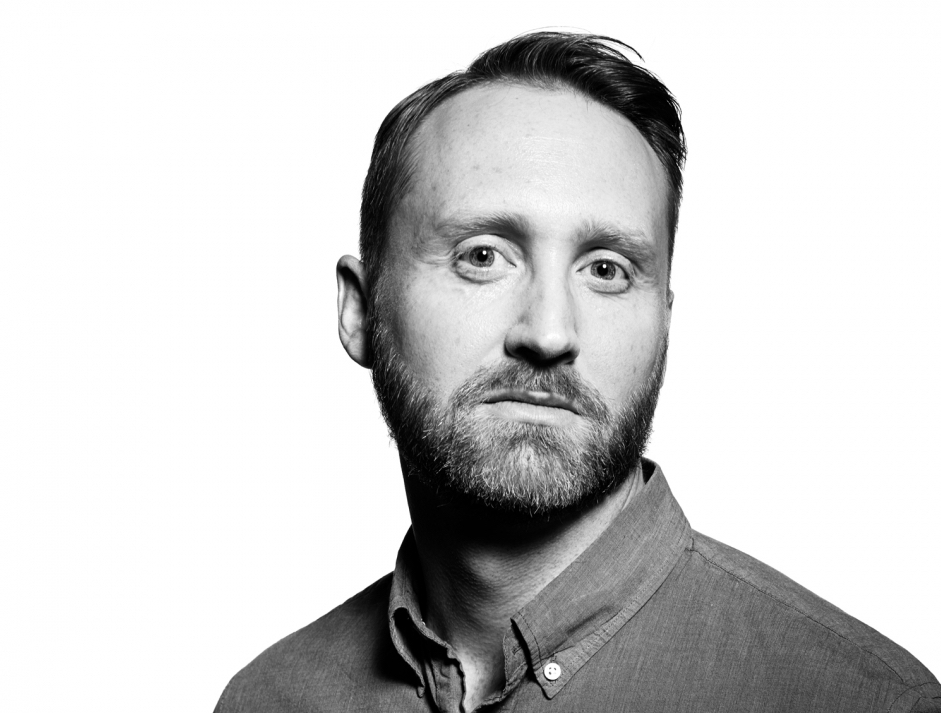Age: 36
Job Title: Independent industrial designer; instructor, University of Alberta
Why He’s Top 40: He’s one of the first to marry industrial design with the creation of medical devices
Ben King enrolled in an art and design program in search of a creative outlet, but his fine arts aspirations fell by the wayside when he met a university professor using industrial design to solve health-care challenges. “It was novel to me at the time that people in creative fields could contribute to the medical community,” he says.
King majored in industrial design at the University of Alberta and learned all he could about the profession’s contributions to health care. His first career job was at COMPRU, an Edmonton clinic serving cancer survivors and other patients requiring reconstructive surgeries and prosthetics (it’s now known as the Institute for Reconstructive Sciences in Medicine, or iRSM). At the time, COMPRU had just begun to incorporate advanced imaging technology and computer modelling into its practices; King was the institute’s first full-time designer. Initially, he was tasked with assisting in surgical planning and worked with surgeons to design surgical tools to increase their precision and efficiency. Using one of the first 3D printers in the city, he brought his concepts to life.
King saw the potential of technology to improve patient care and championed its use in most aspects of the institute’s work. To help surgeons finesse their skills, for instance, he and a colleague created surgical training models with synthetic skin and tongues.
A few years later, armed with a toolbox of specialized skills (and a master’s degree he earned while studying part-time), King went solo. Since 2012, he’s worked as a consultant, helping develop medical devices for startups and public institutions alike, improving the efficiency of surgical methods, and conducting health-care related research. At the moment, King is working with the University of Alberta’s Dr. Jana Rieger on an innovation called Mobili-T, a portable therapy system that helps people with swallowing difficulties. He also teaches industrial design at the U of A, where he emphasizes to students that meeting the needs of the ultimate end users – patients – means taking the time to get to know them and understand their experience of the world.
